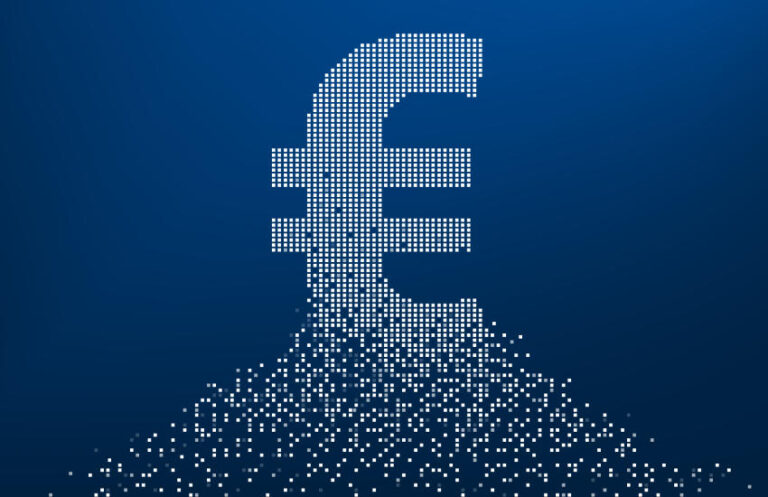
Source: www.ledgerinsights.com
Yesterday, the European Central Bank (ECB) shared details about the current design features in its report on retail digital euro prototypes. In September, it announced five partners that will build front-end prototypes for central bank digital currency (CBDC). The prototype report reveals that the current iteration of the digital euro is token-based and uses UTXO, a token model popularized by Bitcoin. However, that does not mean that it uses blockchain.
MIT worked with the Boston Federal Reserve on the Hamilton Project, using the UTXO model of Bitcoin but not the blockchain. The technology was released as open source software. However, the ECB document states that the UTXO ledger of the digital euro is a completely new design made by Eurosystem experts.
Users will not control their private keys in the digital euro prototype. Instead, the keys will be held on your behalf by the wallet service providers, which will currently be the front-end prototype providers. The goal of centralizing key management is to improve end-user usability, and central banks are less enthusiastic about decentralization.
One of the characteristics of the digital euro is that there are maximum holding limits. This could result in many transactions being declined if the amount received exceeds the user’s balance limit. To prevent this, users must link their digital euro wallets to bank accounts, and any excess digital euro will be automatically transferred to their bank account.
Likewise, if a user is going to make a payment but does not have enough digital euros, it will be automatically recharged from the linked bank account to make the payment. We suspect that this could prove unpopular and users might prefer the payment to be declined. At the very least, users would like to be prompted first, or there should be a (low) limit on auto-reload. Otherwise, if your phone is stolen, this functionality could allow your bank balance to be spent via the digital wallet in euros.
The prototype document also describes offline use where all payments are final and cannot be reversed, even in the event of fraud.
In other ECB news, Christian Schäfer has been appointed to manage the rulebook for the digital euro scheme. This will govern relations with banks and intermediaries in charge of distributing the digital euro to end users.
What is UTXO?
Regarding UTXO, which stands for Unspent Transaction Output, this is in contrast to account-based models, which always know a user’s balance. UTXO is reminiscent of cash, where users have coins and bills. With UTXO, tokens are associated with cryptographic keys. If someone owns €100 and spends €40, they will receive a token with a remaining balance of €60. In effect, the €100 token is withdrawn from circulation and the €40 and €60 tokens are created. A wallet aggregates all the UTXO tokens associated with the user.
Read More at www.ledgerinsights.com